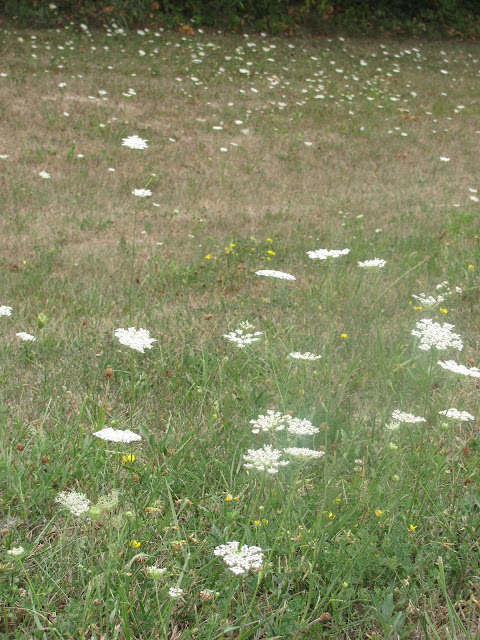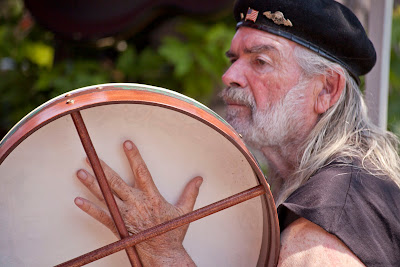portrait artist sketching
two girls sitting in one chair,
one smiling at me
Two girls sit for their portrait during Artwalk, held every first Friday in and around the town square. The theme for July is Party in the Park. It's a clear, warm evening, so lots of folks turn out.
An entire family sits on one bench to share popcorn and listen to the band.
Teenage boys and girls gather in two groups, close but not yet together.
Two friends chat next to the bench with the statue of a Civil War soldier telling stories to a young boy.
A little boy wears a Frisbee on his head.
A magician amazes a group of children (and their parents) with a rope trick.
A tender moment between mother and son.
A father feeds his baby.
A grandmother holds her granddaughter.
Two boys play with two babies in a stroller.
A girl waits for customers at a concession stand.
A little girl enjoys a drink with two straws.
A toddler in a polka dot dress and shoes holds someone's blue shoe. I wonder whose?
A boy engrossed in playing with a green ball.
Two friends share a cozy moment at Flying Leap Art Gallery on the west side of the square.

























































